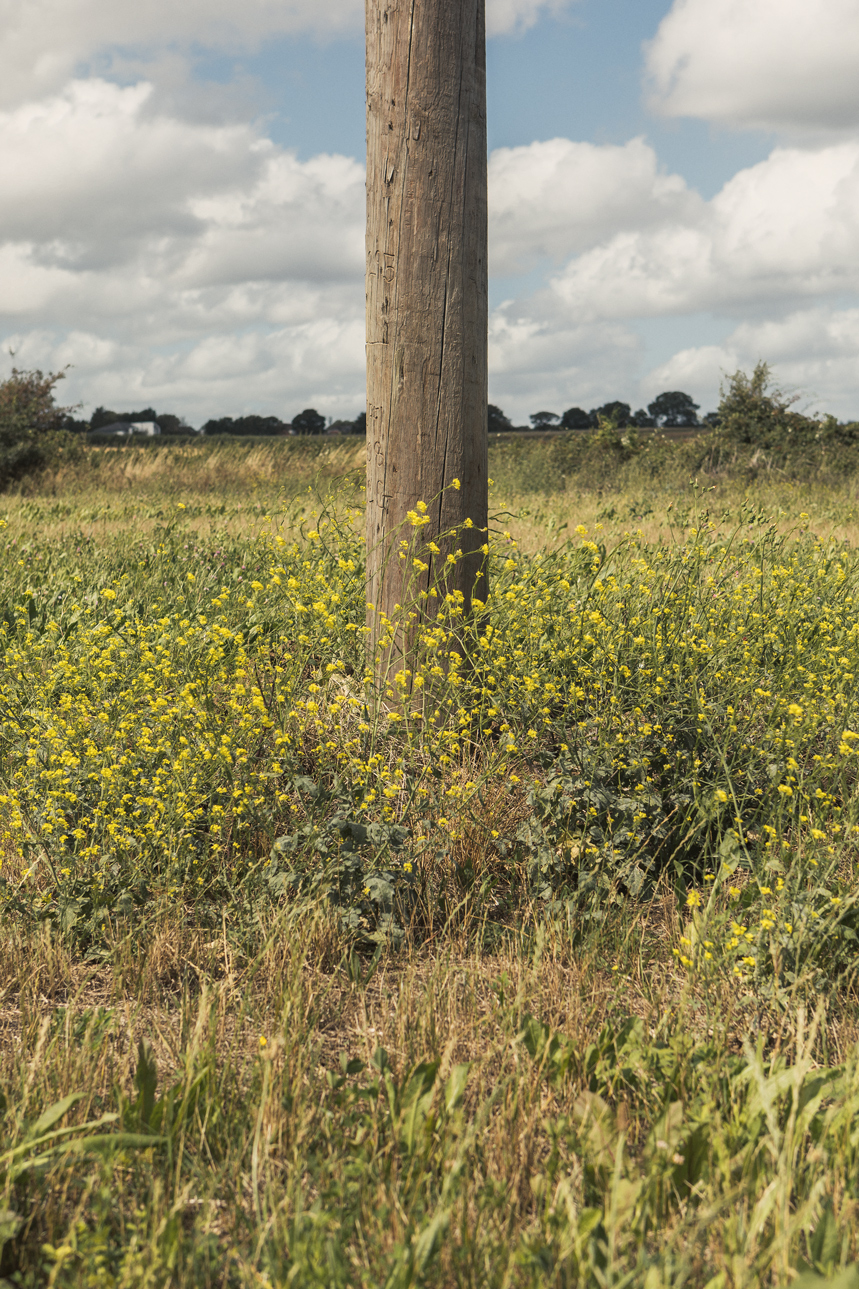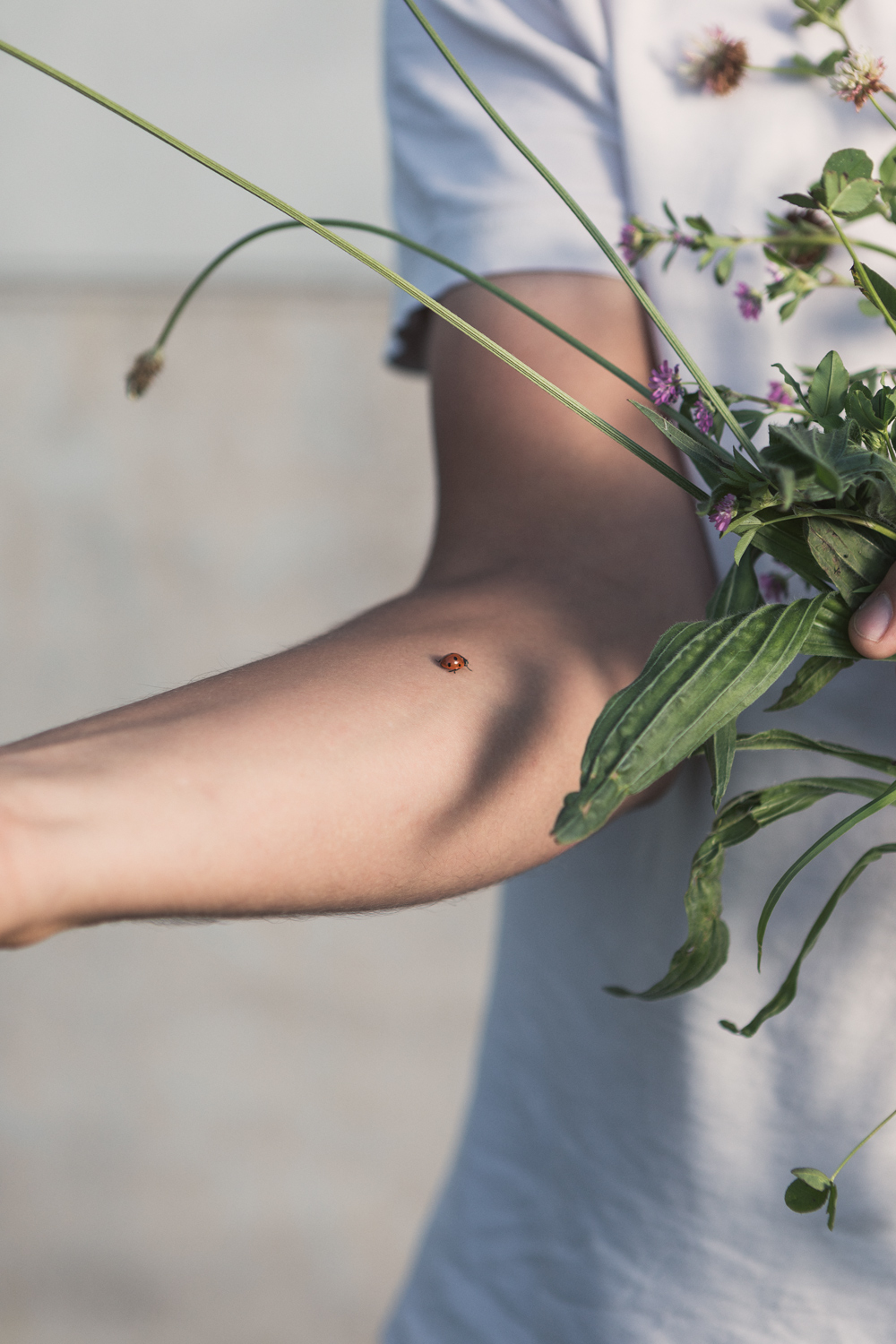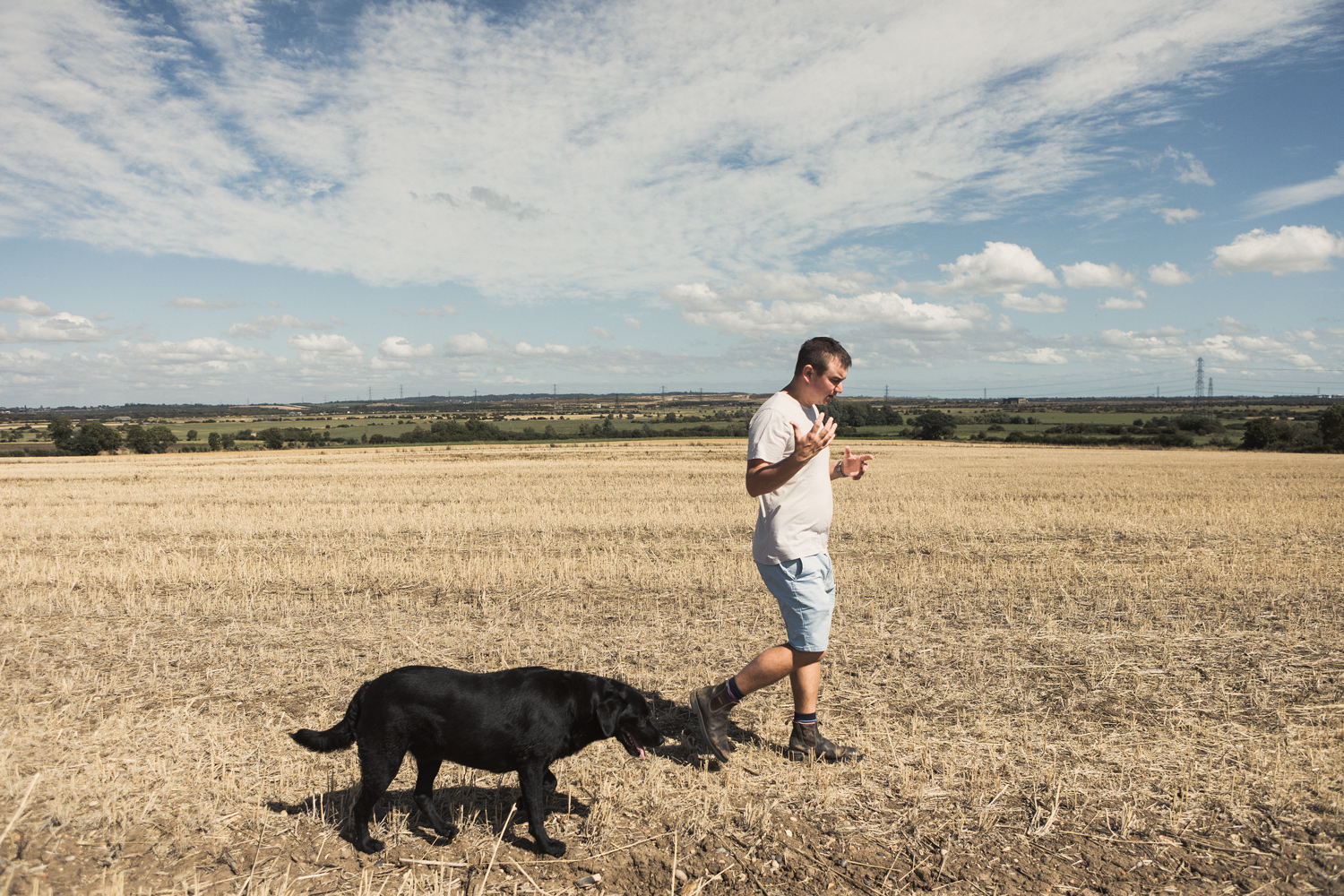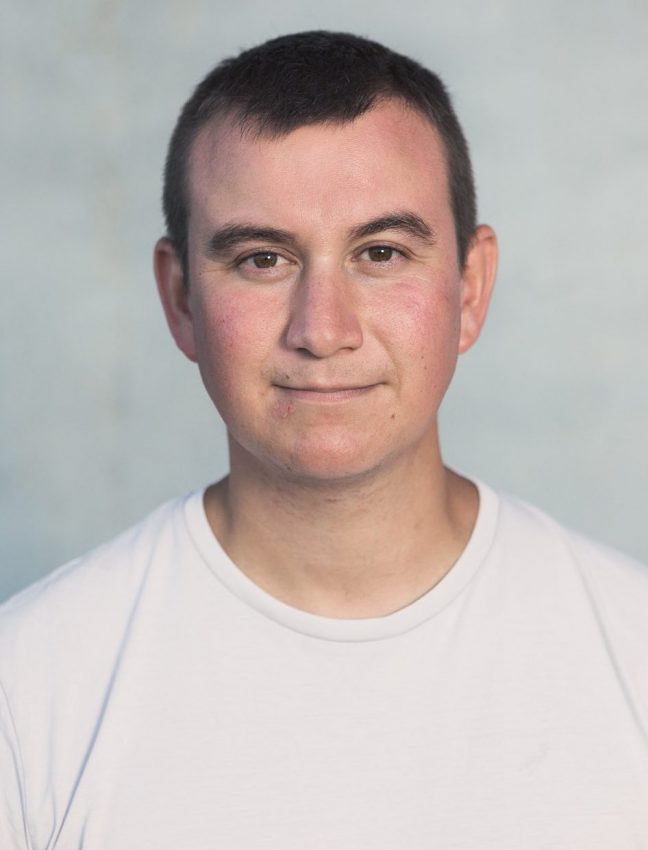
Meet George Young at Curtis Farm
Getting to know George on his arable farm in Fobbing, Essex is an absolute joy. His enthusiasm and love for farming is infectious and he is full of energy and bursting with ideas. He grows heritage wheat, winter beans, spring beans, barley, peas, hemp, linseed and buckwheat with plans to convert to agroecological organic farming methods. Increasing crop diversity with reduced artificial inputs, circular farming and provision of wildlife habitats are his key priorities. He already doesn’t use insecticides and has massively decreased his reliance on nitrogen and fungicides.
We sat down to discuss George’s experiences so far, as well as his concerns for the future and the support he needs.
Many thanks to George for the generous amount of time he spent with us. And to talented photographer, Benjamin Youd, for helping us to tell George’s story.
Scroll down to meet George.
PAN: How did you start? And what made you want to move away from using pesticides?
George: My family has been farming for generations, but bought Curtis Farm in 1954. I wasn’t interested in farming growing up and escaped to study maths, be a musician and work in banking in London before realising that this was what I really wanted to do. I returned almost 8 years ago and a visit to Simon Cowell, a local biological arable farmer, kicked off a developing interest in the ecology of my farm. Witnessing his results from going zero till, implementing good regenerative practices to the soil and getting his crops to be more resilient inspired me to start farming closer to nature.
I was able to convince my dad to begin the move over to zero till. This led me to a deeper understanding of how the weeds work in my crops and how a rotation could then function. Ideas then started stacking on top of each other and I began viewing every input I was making on the farm with quite a different eye, ending up where I am now – not wanting to use anything!
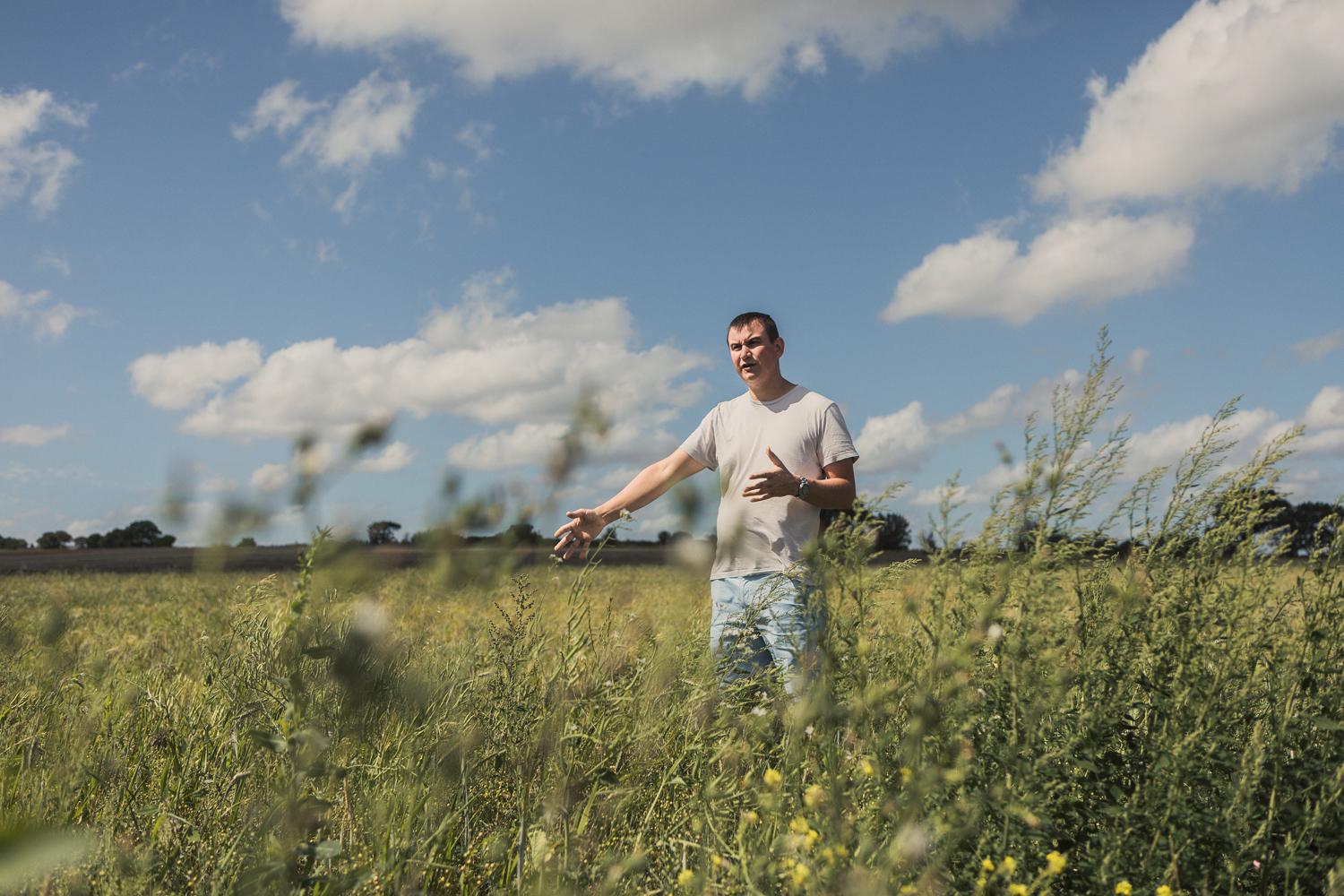
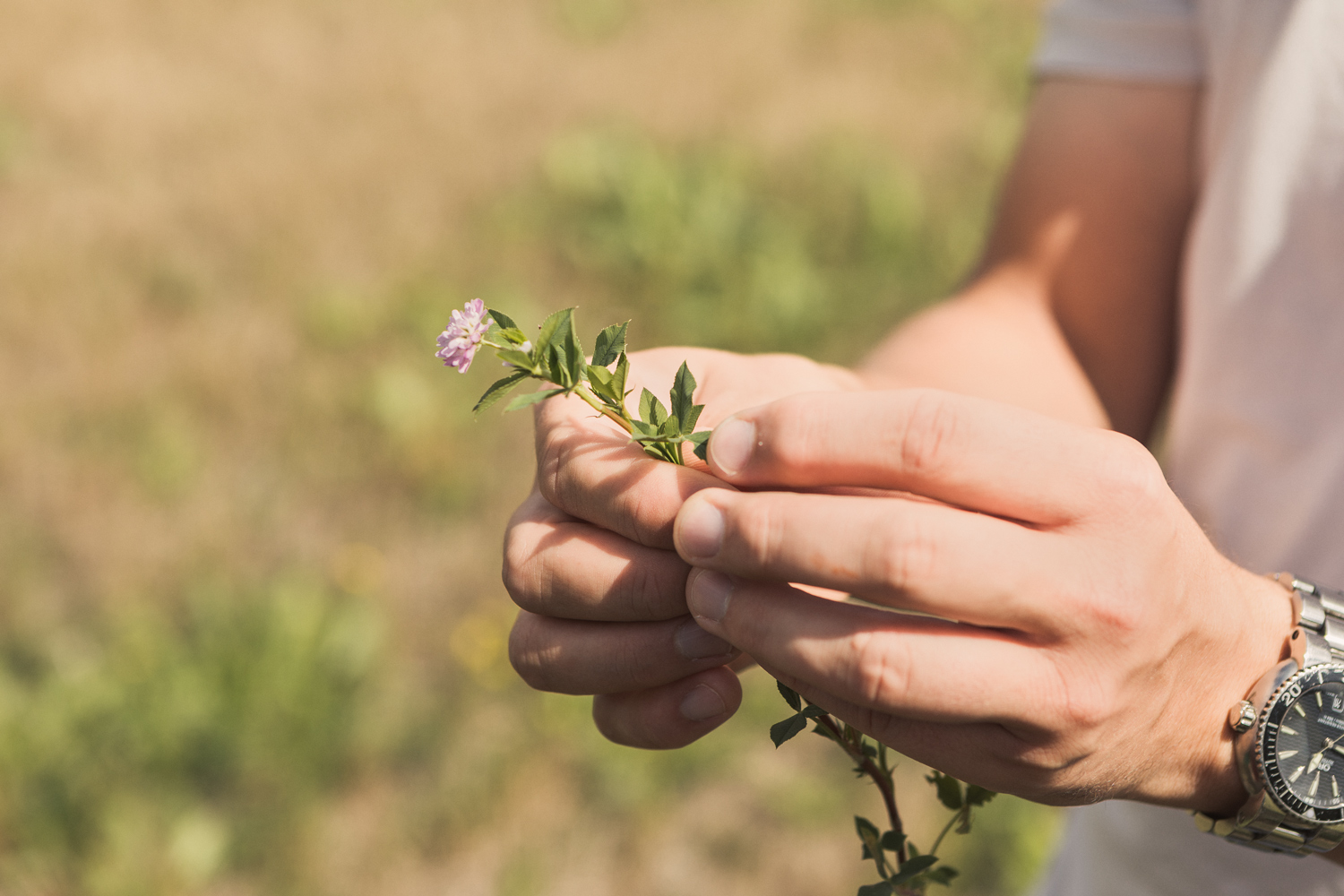
PAN: When and how did you stop using insecticides?
George: Insecticides always felt wrong. Every time I had to put an insecticide in the sprayer tank in my first year or two I just felt awful about it, so I decided to stop using them. My agronomist then convinced me to use an insecticide on some spring beans that were being hit by pea and bean weevil down in the fields on the furthest edge of the farm. There were two larger fields of about 17 hectares which I sprayed and a smaller field, separated by an 8-10 metre ditch, which I decided not to spray as a trial.
Initially, the plants in the sprayed fields had a spurt of growth but they were then hit by weevils again which required a second spraying. The smaller field had a slower start but then suddenly took off. It got over the weevils and ended up yielding higher than the larger fields. As soon as you start using these insecticide products you feel committed and locked in.
Last year, my dad berated me as we had a fair amount of barley yellow dwarf virus (BYDV) damage on our wheats. We actually lost a quarter to a third of a tonne per hectare across the whole farm. So not a small amount. But that will vary and, in my opinion, over a long period of time the general good you’re doing by not using insecticides – which I genuinely think are the very worst of the pesticides – makes this an acceptable balance.
I wouldn’t recommend doing it the way I did it. Start on the edge of your farm and work inwards. And don’t say you hope not to use insecticides, but rather that you will not use insecticides on those fields. There will be blips, there will be years when you have problems, but it will balance out. But make sure you’re also reducing your nitrogen. If you continue using nitrogen you will get bad problems with pests. (Note: nitrogenous fertilisers encourage rapid new growth on plants which attract aphids and other sucking pests).
PAN: What made you reduce your fungicide use?
George: When I was still growing second wheats (in conventional farming it is standard practice to grow two consecutive wheat crops, a first wheat and a second wheat), I could see that all the surface trash from the previous wheat was covered in Septoria disease spores. My agronomist kept saying I should spray and I had the chemicals ready to go, but my sprayer kept breaking down. I had already missed the opportunity to spray the crop early in the season and it was getting too late for the second scheduled spraying. However, when we walked around the field again there was still no sign of disease, or rust, or Septoria and despite having had rains which should splash that onto the leaves there was nothing there. Being zero-till and using a disc drill had made my plants grow more erectly. I’d also been farming without insecticides, which I think had also helped to make my plants stronger.
Again, it wasn’t a great strategy and I was pretty lucky, but my advice would be to really get to know your crops. Rather than just spraying them prophylactically, start checking on them every day if you have to, especially on smaller farms. You’ll start noticing if something is going on and if you want to then spray go ahead. But don’t spray just because you think you might need it.
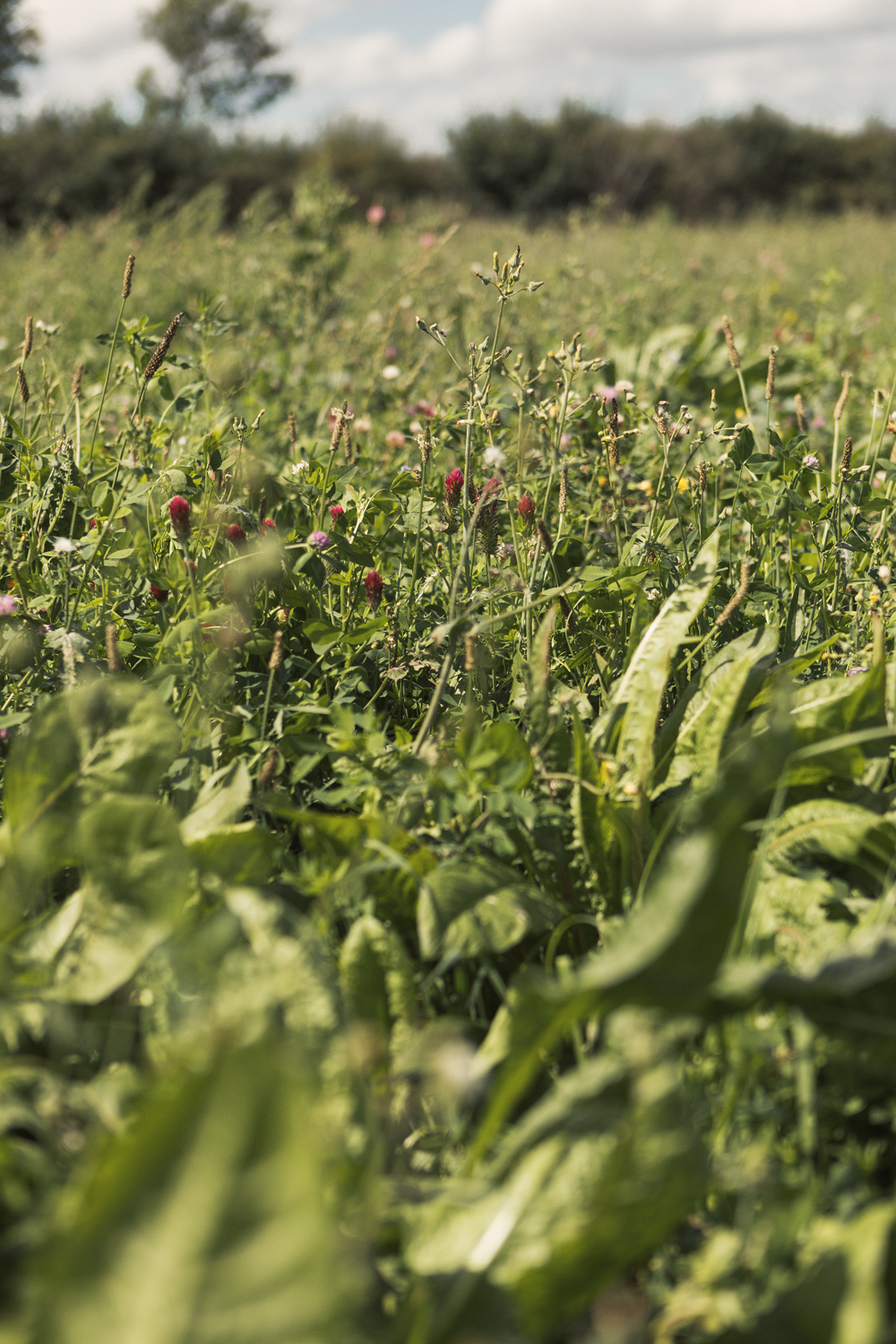
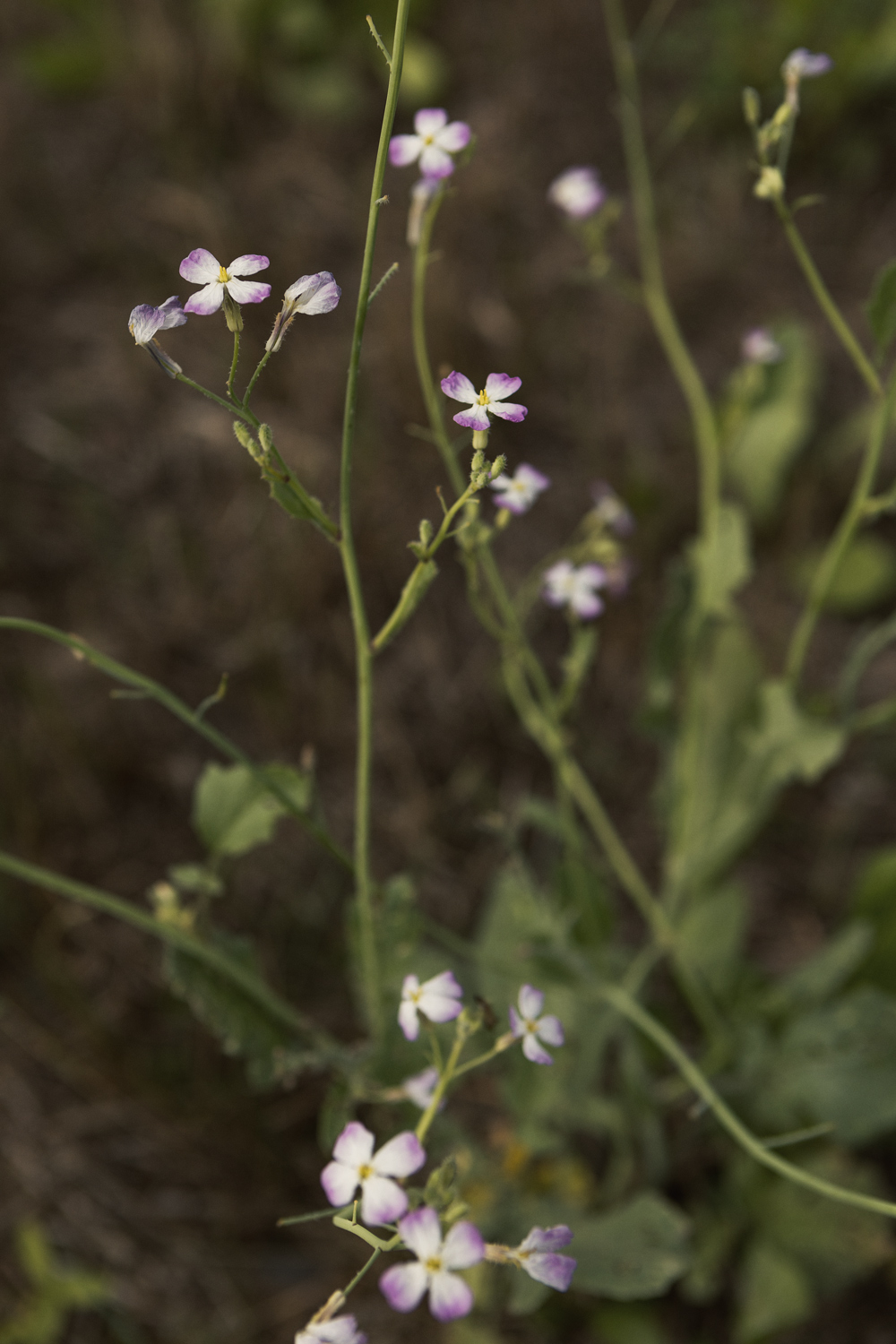
PAN: What are your thoughts and experiences on weed management?
George: I think the ‘green revolution’ stressing the use of herbicides has caused so many problems down the line. On this farm we’re very much dictated to by black grass and rye grass and I’ve taken land out of production for that reason. Zero till has definitely helped with broad-leaf weeds as they tend not to grow without disturbance, but in some ways they’re the easier ones to deal with. It’s the weeds that are most similar to your crops that are difficult. My mindset is to revert back to the way things were done 60-70 years ago, going in with a simple combine, close your sieves, get everything in the field back to the farmyard and then dress it out so that I’ve then got a secondary product, even if it’s bird food.
In terms of the ‘glyphosate is vital’ campaign that I supported three years ago, I definitely feel differently now. As farmers we believe that our job is to feed the world and that the only way to do that is to grow crops on a large scale and produce as much as possible. Ploughing releases carbon and damages the soil and as glyphosate possibly does less damage it seems like the logical choice. But I believe the framing of that idea comes down to governments putting the issue of food poverty on farmers. When I realised how inefficient our food chains are I didn’t want to be a part of that system anymore. We’re producing all these crops that are turned into processed foods to feed an increasingly unhealthy population. We’re even growing the sugar! I’m not a fan of conventional organic farming, but I’ve seen some incredible examples of agroecological organic farming, which produces a vast amount of benefits for the environment and very high-quality nutritional food. And in that instance glyphosate is definitely not vial. I’m not the kind of farmer that looks at a large field of wheat and thinks it’s the best of nature. To me it looks like a desert. A lot of my market is now demanding organic and it’s taken me time to understand the food chain and to get to this point, but I’m now fully on board.
PAN: You mentioned that you want to create a ‘circular farm’, what do you mean by this?
George: I’m keen to turn all waste products into secondary products. A simple example is to clean my grain on the farm (cleaning means removing the weed seeds/chaff from what has been harvested) and use the waste from that process to feed chickens and pigs. Milling on the farm allows me to use the bran to feed chickens and pigs too. Another example is allowing cows to graze my fertility building herbal leys and the cows then fertilise the ground without me having to spread manure. It also means I don’t need to mow my herbal leys which is a waste of energy.
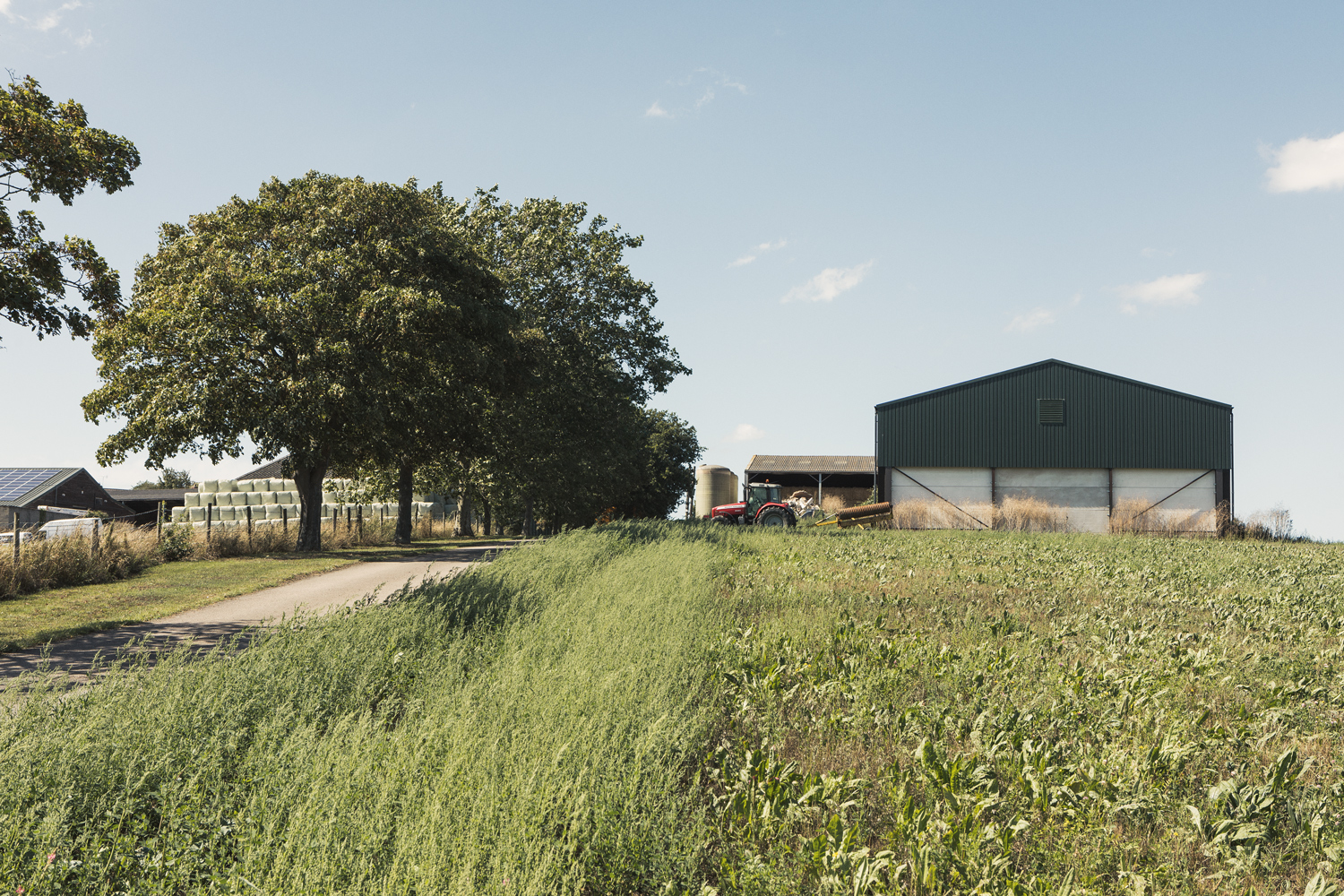
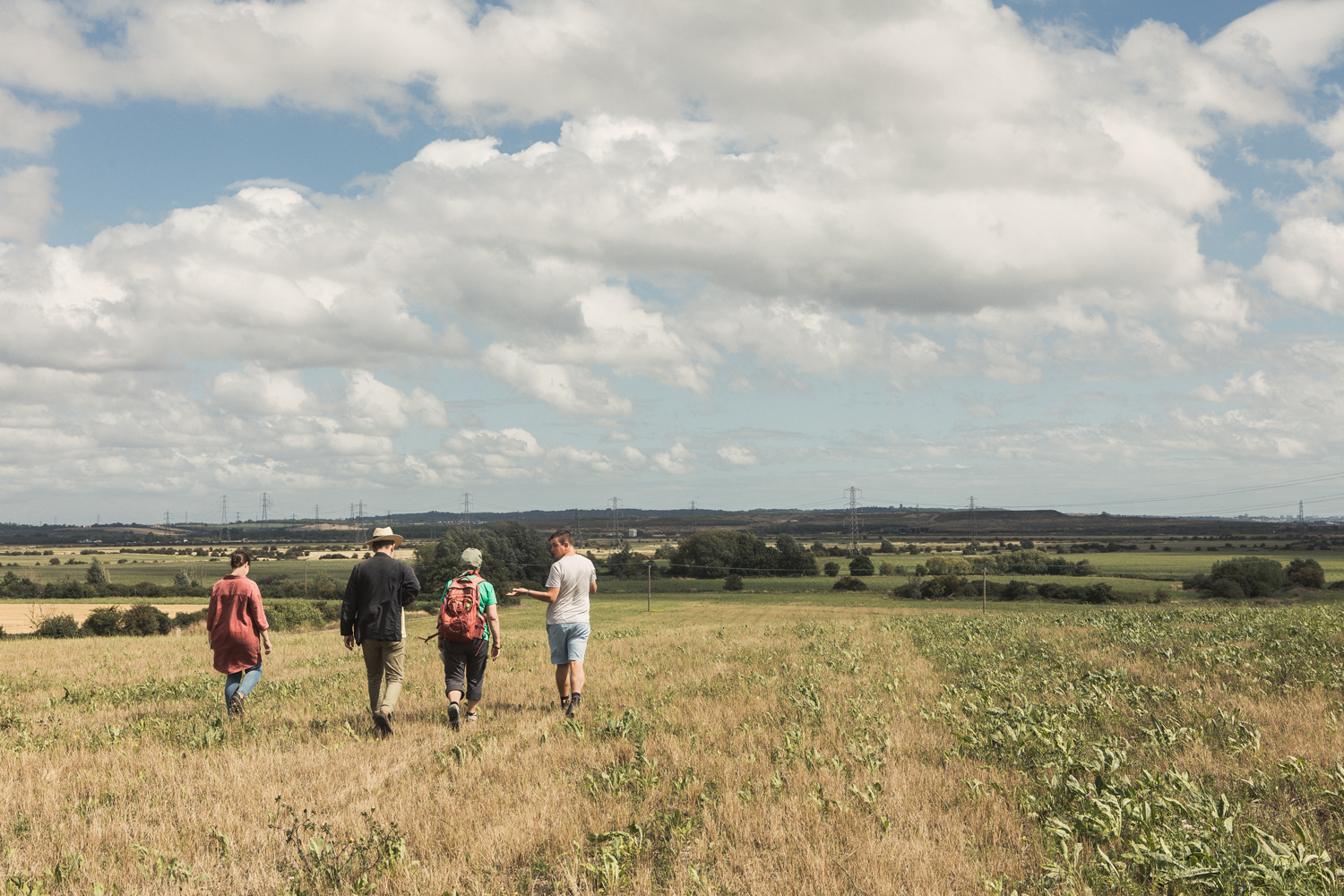
PAN: What is your farming strategy for the future and how do you plan to diversify your income?
George: My aim is to produce as diverse a range of nutritional products from the farm as possible. In my view this is the best way to integrate nature into the farming system, by ensuring maximum diversity of plants grown and animals reared. The market for food is not set up for this approach though, so I am tackling this head on. I am just starting my flour milling business, which makes the growing of small quantities of niche & heritage grains viable, and am researching other processing (such as cold pressing and flaking). With the mill set up, plans for next year turn to starting an on-farm bakery, and a calf-at-foot dual-purpose cattle herd, with hopefully someone to make cheese and butter from the milk.
PAN: As you move some of your fields towards organic conversion are you going to do some positive interventions on disease management?
George: This is why I’m implementing my agroforestry plans. Arresting these prevailing winds is important. And I’m slicing my fields up with 6 metre belts for trees and 36 metre alleys for arable crops. Having micro fields with a mosaic of different crops should be a benefit as beneficial insects can move from the field edges into my crops. They also give me greater rotational flexibility to deal with weeds. Watch a video on George and his plans here.
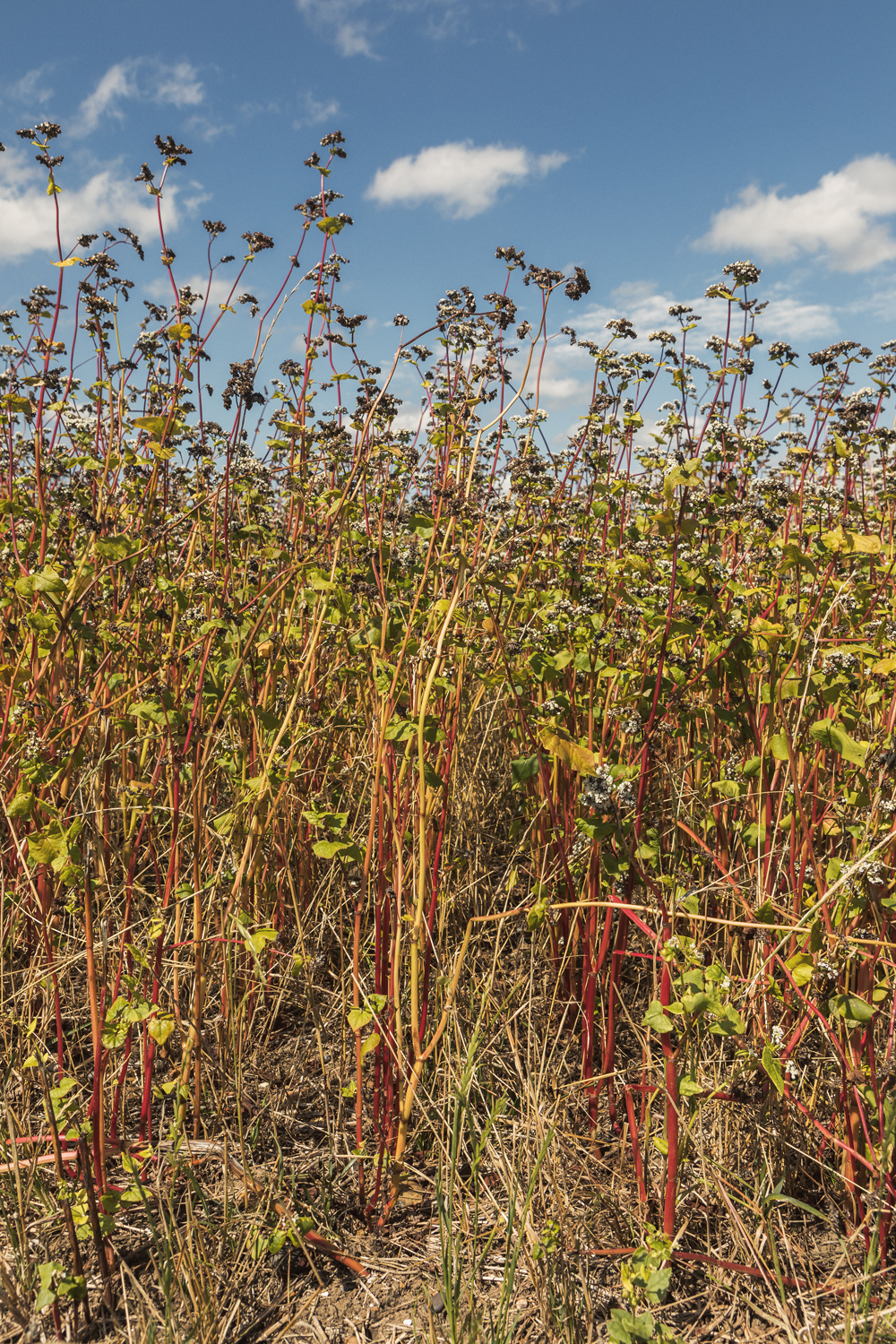
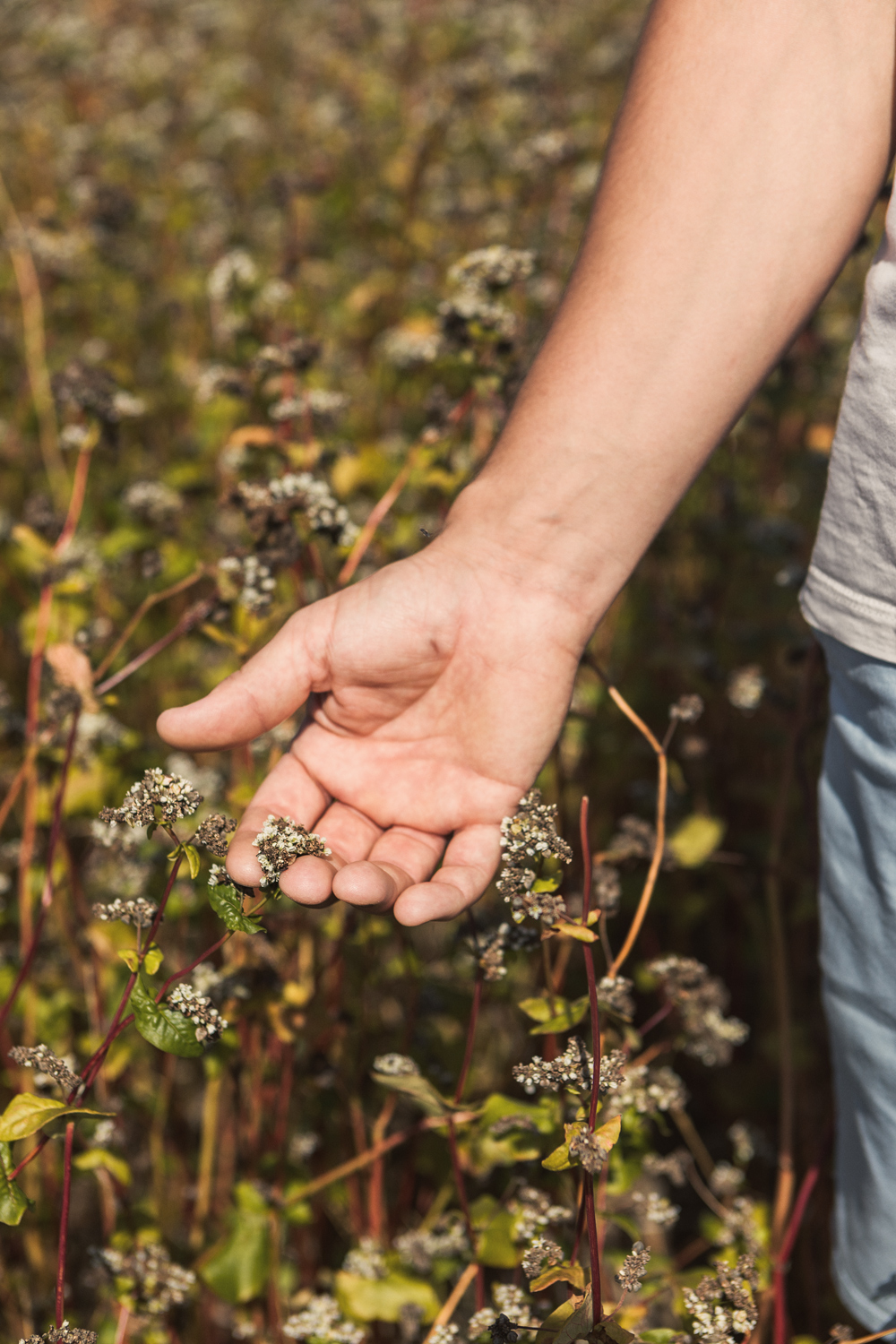
PAN: Do you use Metaldehyde to control slugs?
George: We haven’t used it for donkey’s years, we’ve switched to ferric phosphate because it’s better on beneficial organisms. And I will be perfectly honest, it excited me a great deal when I found out you could use ferric phosphate in organic farming. We struggle with slugs and I don’t know how I could farm without stopping it. I don’t like it though.
PAN: How can consumers help farmers move away from pesticides?
George: I’m passionate about growing nutritious food, but I also want the community to be involved and engaged with the growing of their food. For example, the processed bread market requires grains that are high in protein and specific grain weight, which needs nitrogen and fungicides to produce but I realised that I can explore new markets. Working with artisans who don’t have these specifications provides a more loving market where the work that I’m putting into growing my crops is genuinely translated into the food that is ultimately produced.
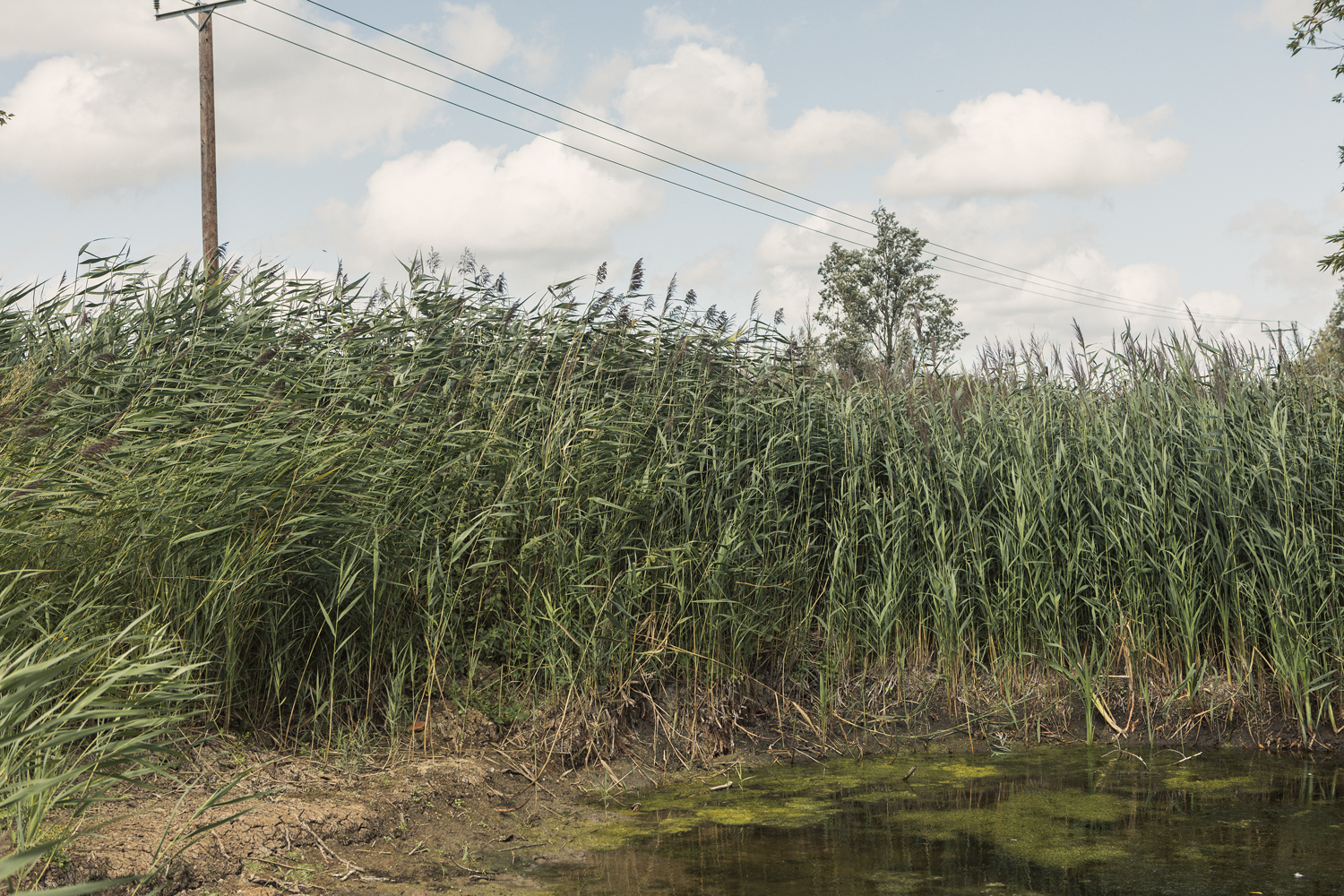
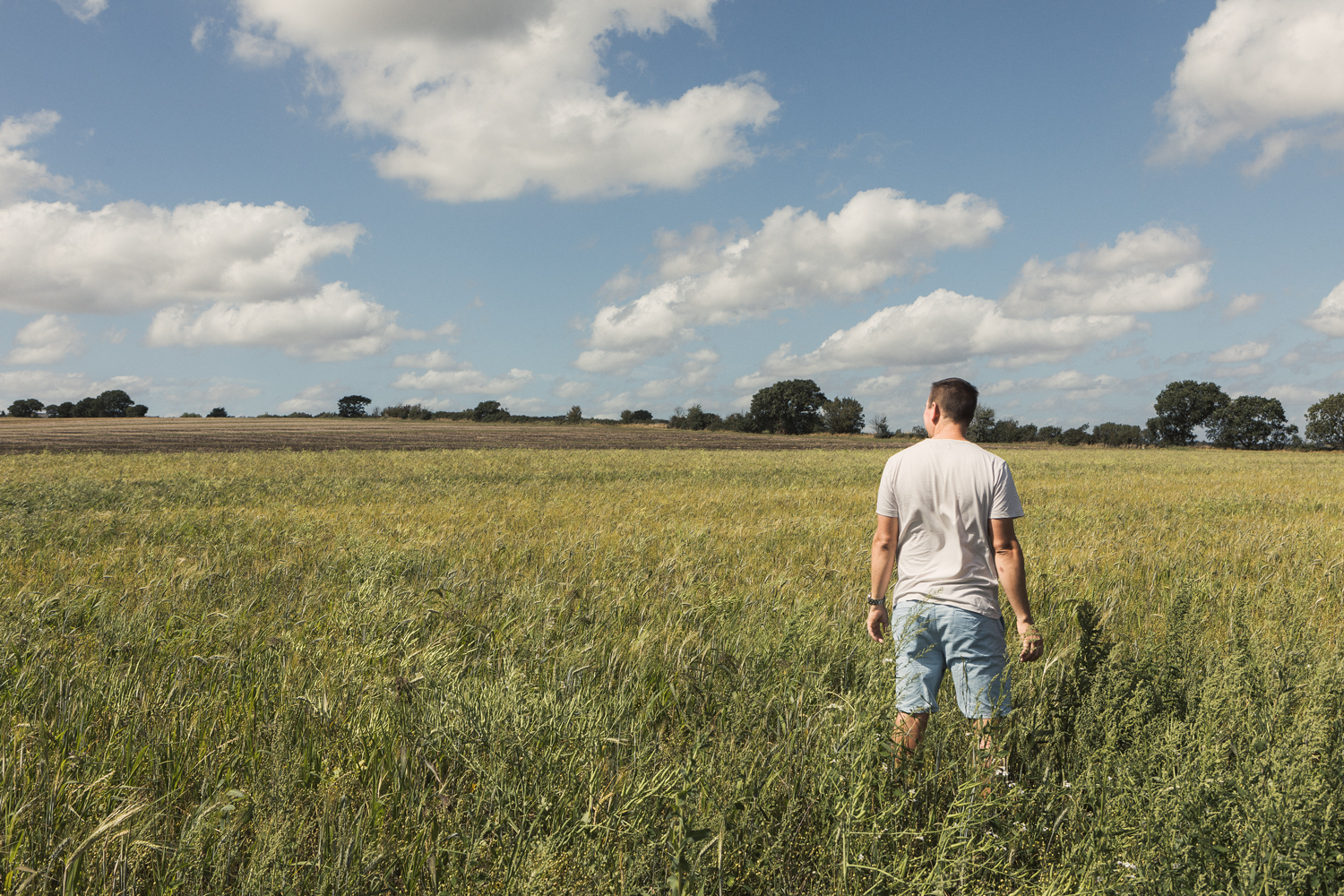
PAN: Where do you go for support and advice?
George: For me the best way of learning is farmer to farmer. Visiting other farms and having other farmers here is a great way to discuss ideas and to find out what they’ve tried, what’s worked etc. I really put myself out there on social media and it’s important for more people to feel that they can speak out about the many ways they are farming. There are some brilliant farmers out there who testing ways of doing things. I’d love there to be funding for farmers who are trialling new ideas. I’d love to do some sort of benchmarking here, having funding for entomologists and ornithologists to come and monitor the farm would be so useful. Having scientists work with me to test my methods and monitor the results, rather than having them come and set up trials of their own.
PAN: Last words?
George: Visit other farmers. And have a go. Find the joy in trying things out yourself and seeing the results. Get out and spend time in your fields. Experiment!
